Creating a Dreamy Haven for Kids: Inspiring Children’s Room Design Ideas
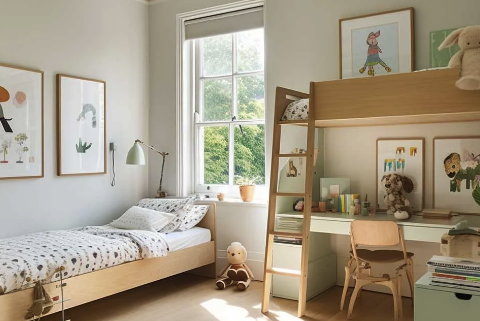
Creating a dreamy haven for kids is an important aspect of designing their room. A well-designed space can have a significant impact on a child’s development, creativity, and overall well-being. In this post, we will explore various aspects of designing a child’s room, including choosing the right color scheme, furniture and decor ideas, creating a cozy reading nook, incorporating playful elements, adding personal touches with DIY decor, making the most of small spaces, designing a shared room for siblings, decorating on a budget, and safety considerations.
The Importance of a Dreamy Haven for Kids
Having a space that is specifically designed for children is crucial for their growth and development. A well-designed room can provide them with a sense of comfort, security, and ownership. It allows them to have a space where they can freely express themselves and explore their creativity. Additionally, a dreamy haven can help stimulate their imagination and foster a love for learning.
A well-designed room can also have a positive impact on a child’s behavior and mood. Colors, furniture placement, and decor choices can all contribute to creating a calming and soothing environment. This can help children feel more relaxed and at ease in their own space. It can also promote better sleep patterns and improve their overall well-being.
Choosing the Right Color Scheme for Your Child’s Room
When it comes to choosing the right color scheme for your child’s room, it is important to consider their preferences and personality. Bright and vibrant colors like yellow, orange, and red can stimulate energy and creativity. Soft pastel colors like pink, blue, and green can create a calming and soothing atmosphere. Neutral colors like white, beige, and gray can provide a blank canvas for other elements in the room.
Color can also affect mood and behavior. For example, blue is often associated with calmness and relaxation, while red is known to stimulate energy and excitement. It is important to strike a balance between stimulating and calming colors in order to create a harmonious environment. Additionally, consider using color accents or patterns to add visual interest and create a playful atmosphere.
Furniture and Decor Ideas to Inspire Your Child’s Imagination
Choosing the right furniture and decor can play a significant role in inspiring your child’s imagination. Opt for furniture that is age-appropriate and functional. For younger children, consider furniture with rounded edges and soft materials for safety. For older children, choose furniture that can grow with them, such as adjustable desks or beds with storage options.
When it comes to decor, consider incorporating elements that reflect your child’s interests and hobbies. This can include themed wall decals, artwork, or bedding. Create a display area for their artwork or crafts to showcase their creativity. Incorporate storage solutions that are easily accessible for them to keep their toys and belongings organized.
Creating a Cozy Reading Nook for Your Little One
Having a cozy reading nook in your child’s room can encourage a love for reading and provide them with a quiet space to relax and unwind. Choose a comfortable chair or bean bag where they can sit and read. Add soft pillows and blankets for extra coziness. Install shelves or bookcases nearby to store their favorite books.
Consider adding some ambient lighting, such as a reading lamp or string lights, to create a warm and inviting atmosphere. You can also incorporate some decorative elements like wall decals or artwork related to books or reading. Make sure the reading nook is located in a quiet corner of the room away from distractions.
Incorporating Playful Elements into Your Child’s Room Design
Play is an essential part of a child’s development, so it is important to incorporate playful elements into their room design. Consider adding a play area with a play kitchen, dollhouse, or building blocks. Install a chalkboard or whiteboard on one of the walls where they can draw and write. Hang a swing or hammock from the ceiling for some added fun.
You can also incorporate playful elements through decor choices. Choose bedding with fun patterns or characters. Hang colorful curtains or add a playful rug to the floor. Consider adding a wall mural or wallpaper with a whimsical design. The key is to create a space that encourages imagination and creativity.
Adding Personal Touches to Your Child’s Room with DIY Decor
Adding personal touches to your child’s room can make it feel more special and unique. DIY decor is a great way to achieve this while also being budget-friendly. Consider creating personalized artwork using your child’s handprints or footprints. Frame their artwork or crafts and hang them on the walls.
You can also create custom wall decals using vinyl stickers or stencils. Paint a mural on one of the walls that reflects their interests or favorite characters. Use fabric and ribbon to create a personalized bunting or garland. Get creative and involve your child in the process to make it even more meaningful.
Making the Most of Small Spaces in Your Child’s Room
Designing a child’s room in a small space can be challenging, but with some creativity, you can maximize the available space. Choose furniture that is multi-functional, such as a loft bed with a desk or storage underneath. Use wall-mounted shelves or floating shelves to save floor space.
Consider using vertical storage solutions like hanging organizers or baskets. Utilize the space under the bed for storage by using rolling bins or drawers. Use mirrors to create an illusion of more space and reflect natural light. Keep the room clutter-free by regularly decluttering and organizing.
Designing a Shared Room for Siblings: Tips and Tricks
Designing a shared room for siblings requires careful planning to ensure that each child has their own space while also promoting harmony and cooperation. Consider using dividers or curtains to create separate areas within the room. Each child can have their own side of the room with their own bed, desk, and storage.
Choose a neutral color scheme that appeals to both children and allows for personalization through decor choices. Encourage them to collaborate on the design and decor decisions to foster a sense of ownership and compromise. Create designated spaces for shared activities like playing or studying.
Decorating Your Child’s Room on a Budget
Decorating a child’s room doesn’t have to break the bank. There are plenty of budget-friendly options available. Consider shopping at thrift stores or garage sales for furniture and decor items. Repurpose items from other parts of the house or use what you already have.
DIY projects are also a great way to save money. Paint old furniture to give it a fresh look. Create your own artwork or wall decals using inexpensive materials. Use fabric remnants to make curtains or pillow covers. Get creative and think outside the box to achieve a dreamy haven on a budget.
Safety Considerations When Designing Your Child’s Dreamy Haven
When designing your child’s dreamy haven, it is important to prioritize safety. Choose furniture that is sturdy and stable to prevent accidents. Avoid furniture with sharp edges or small parts that can be choking hazards. Anchor heavy furniture like bookcases or dressers to the wall to prevent tipping.
Choose non-toxic materials for furniture, bedding, and decor items. Look for certifications like GREENGUARD or Oeko-Tex that ensure products are free from harmful chemicals. Keep cords and wires out of reach or use cord covers to prevent strangulation hazards. Install window guards or safety locks on windows.
Designing a dreamy haven for your child involves considering various aspects such as color scheme, furniture and decor ideas, creating a cozy reading nook, incorporating playful elements, adding personal touches with DIY decor, making the most of small spaces, designing a shared room for siblings, decorating on a budget, and safety considerations. By creating a space that is tailored to your child’s needs and interests, you can provide them with a nurturing environment that promotes their development, creativity, and overall well-being. So go ahead and create a dreamy haven for your little ones!
If you’re looking for ways to organize your child’s toys in their room, check out this article on Sam’s Unfinished Furniture. They have a great selection of fun and functional toy boxes that will help keep your child’s room tidy and clutter-free. With different sizes and designs to choose from, you’re sure to find the perfect toy box that suits your child’s needs. Click here to read more about it: https://www.samsunfinishedfurniture.com/2022/10/21/organize-your-childs-toys-with-these-fun-and-functional-toy-boxes/


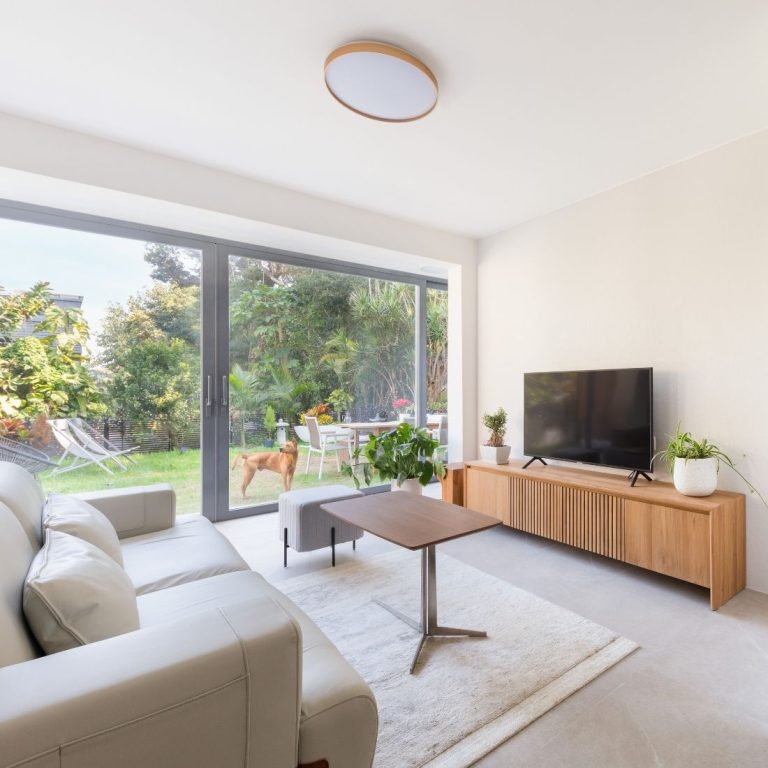
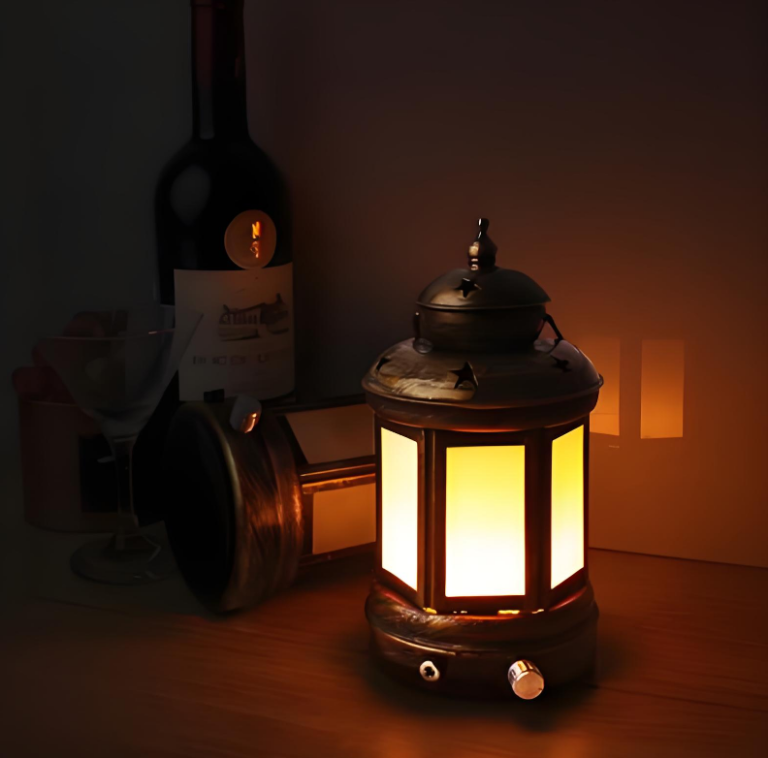

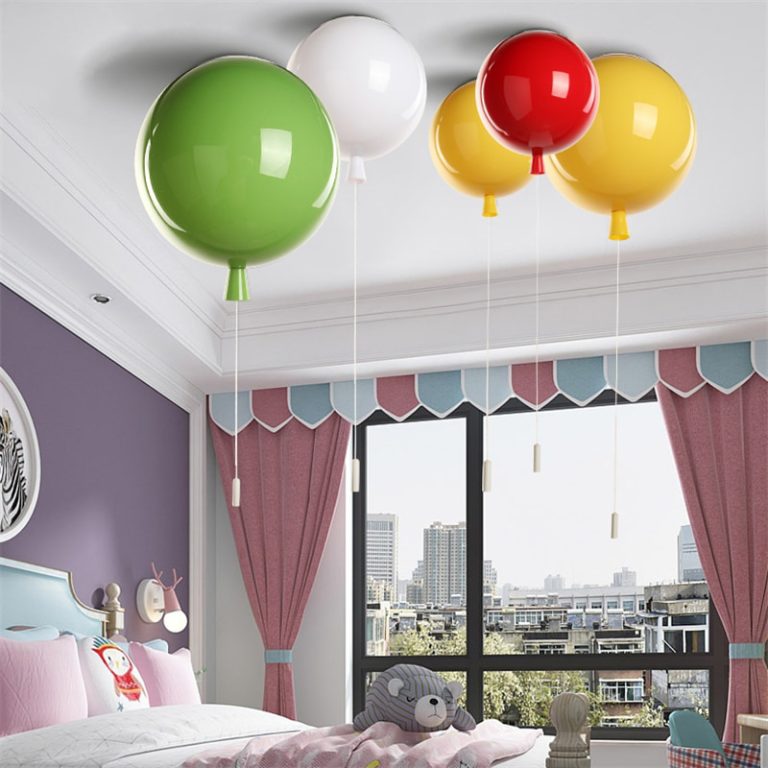
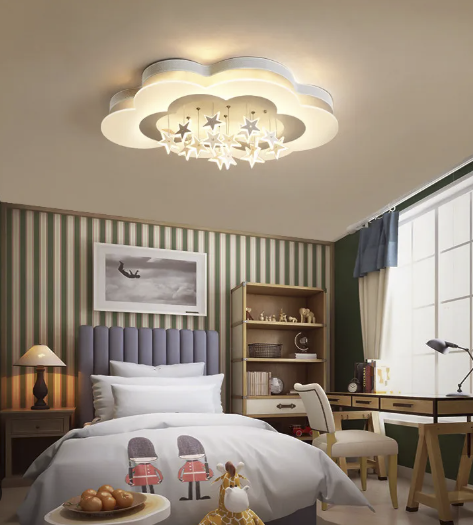
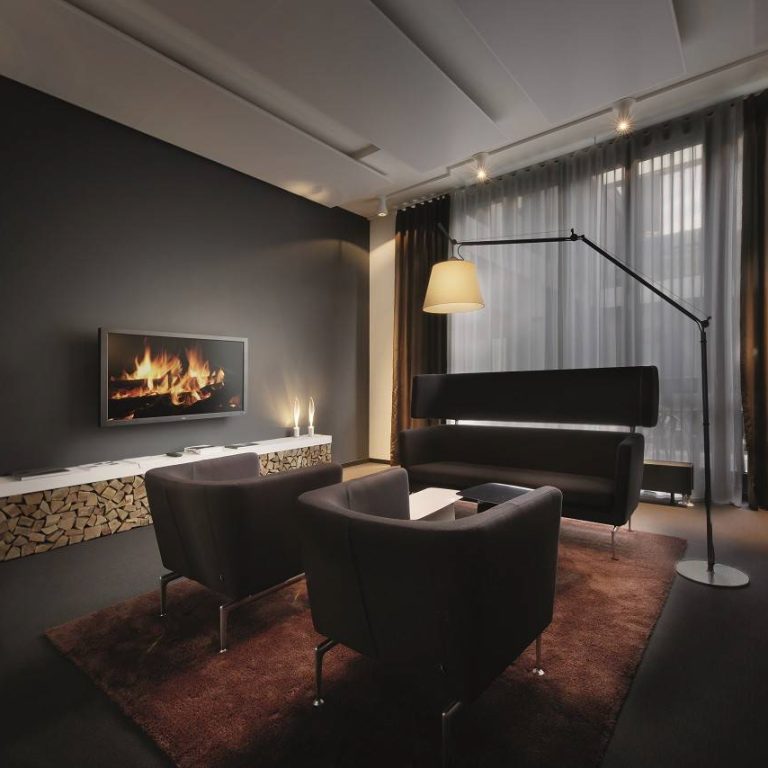
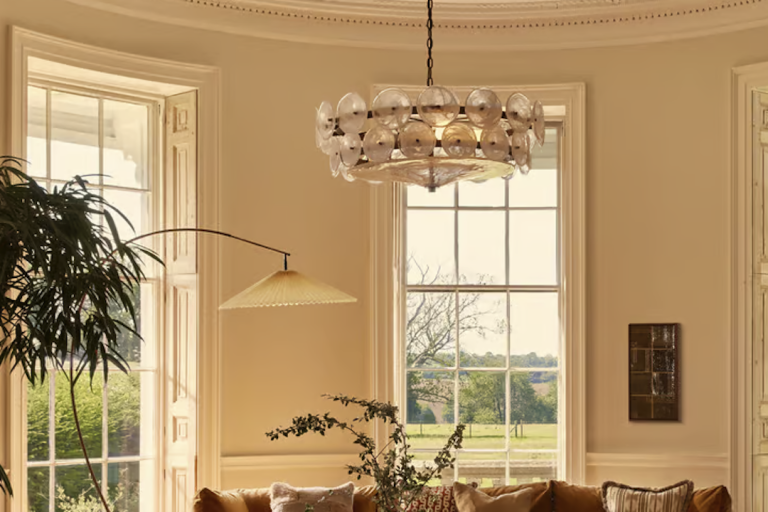
+ There are no comments
Add yours